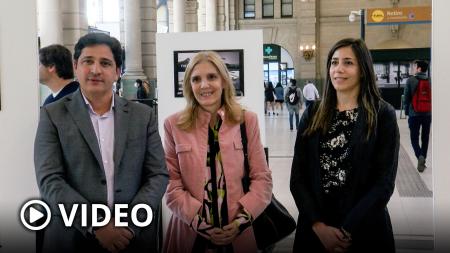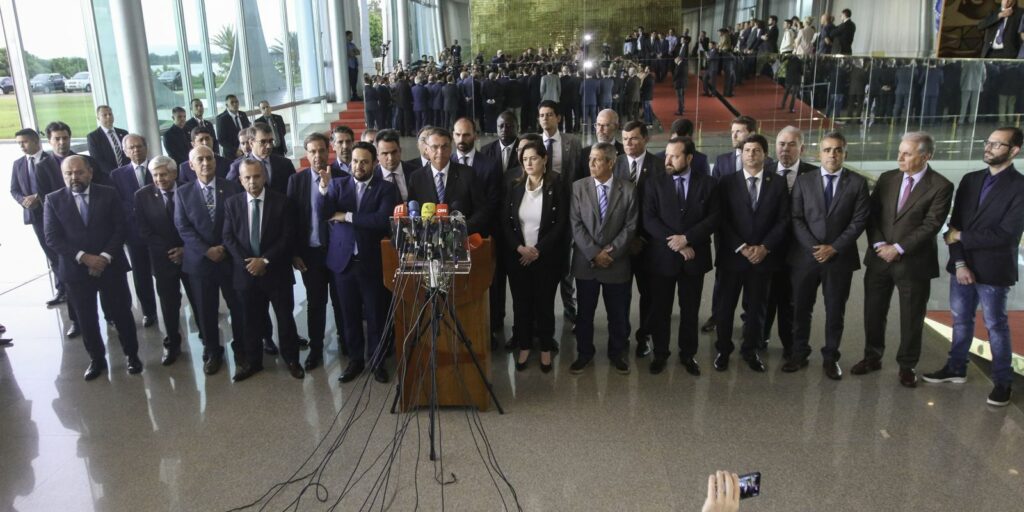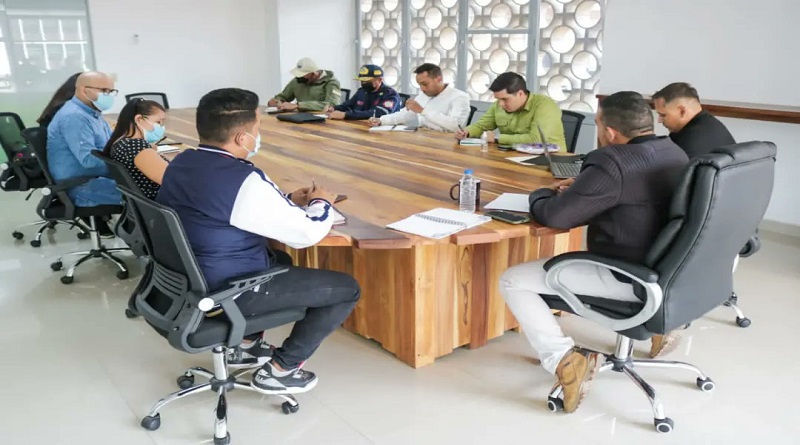The exhibition of Télam “Photos recovered from Malvinas” is inaugurated at the Retiro station
WATCH VIDEO
The exhibition “The photos recovered from Malvinas. Télam Archive”made up of 15 panels with photographs obtained by the special envoys of this agency to the islands during the 1982 war, was inaugurated in the central hall of the Retiro Station of the Miter railway.
The photos show key moments of the war, the daily life of the islanders and the situation of the soldiers in the trenches, many of them exposed for the first time after being lost or hidden for 40 years.
These are historical images that professionals from the national news agency Télam managed to value after repeated thefts and illegal sales, losses or concealment, to which were added the lack of interest and the lack of policies for their conservation.
The panels were placed in a central place in the station hall, a must for all those who are either going to board a train or have just gotten off one and the general reaction of passengers is to stop, even for a few minutes, to observe the photographs.
The president of Télam, Bernarda Llorente, and the president of Trenes Argentinos, Martín Marinucci, were present at the inauguration.

Llorente argued that “It is extremely important to put Télam in a train station, with another public, because it seems essential to us to bring memory, reflection and also how a conflict that is already 40 years old to the public space.”
“It is a possibility to be able to socialize the material we have, unpublished material, and with the group of Argentine men and women, to be making the effort to be able to expand the sample as much as possible and that is why we are grateful for this opportunity that Trenes Argentinos gives us”, he added.

unpublished photographic material
He explained that “the photos were basically chosen from unpublished material, there are few from the Malvinas, but some that have been widely seen and others that have never been seen, and these photos appeared that had never been seen until now and it seemed very important to us to be able to complete the images that each one in his retina or in his memory, with what we had not seen. Basically the exhibition proposes that, to show people something that has not been made visible”.
“It’s a source of great emotion,” said Marinucci on his turn and thanked Llorente “for having had the idea of bringing this exhibition to a railway station. As part of this public policy of the National State to maintain the memory, to continue carrying out the necessary actions so that boys and girls know what happened back in 1982”.

“Today we have the possibility of seeing some unpublished photographs that were not published in these 40 years of Malvinas, and this fills me with emotion, but also redoubles the commitments. We were just talking about the different activities that we can do not only in a main station like is Retiro, with almost 200,000 people entering and leaving this station per day, but rather in each of the 400 stations that we have in the interior of the country”he added.
The head of the state company highlighted “the possibility of continuing to build identity and continue to be part of this cause that is Malvinas for the 45 million Argentines. It is a federal sample, a sample to take to each of the provinces, of the localities and for this reason, we simply make the railway network available so that it is also a place to visit for all citizens who want to see the exhibition and continue advancing together in the Malvinas cause”.

This is how some people did it, like Santos Cata, a Malvinas veteran who was a crew member of the General Belgrano Cruise, who, together with his 24-year-old son Sebastián, paused for a long time in each photo.
“That was tremendous. I lived through very difficult, unforgettable situations, with scars that do not close, that do not end, that continue to hit us after so many years”Santos told Telam.

For Miguel D`arienzo, 72, the exhibition “is very good. It is important to make this known, so that people who did not live at that time can, through these photos, see what that conflict was like.”
Laura is a Venezuelan who has lived in Argentina for four years and says that “I was a girl, but I remember very well how the conflict was experienced there in Venezuela and now, here in Argentina, I can see how the memory of Argentines is activated when things like this are shown.

“As part of the Inter-American Court of Human Rights, I greatly appreciate the effort made to make known how things were back then”he reflected.
The exhibition will remain in Retiro until next November 14.


















